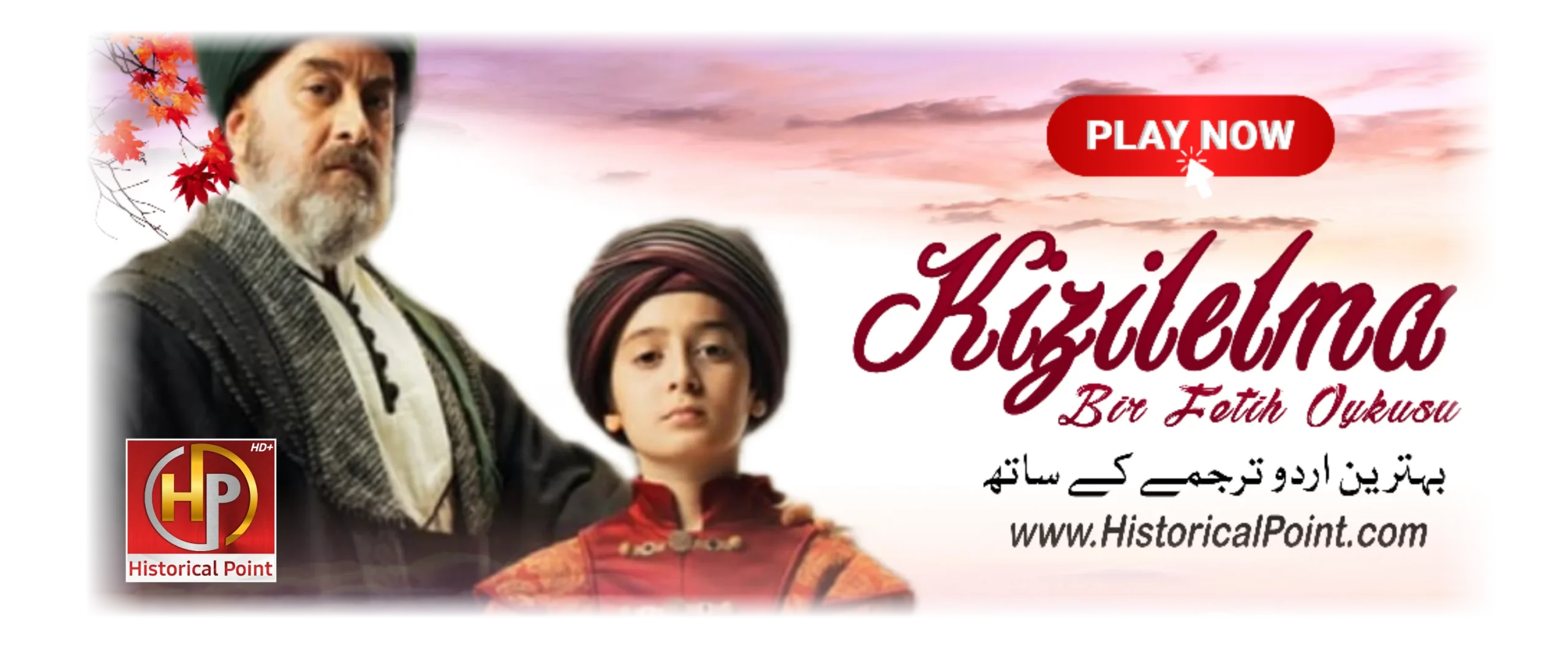Kizil Elma

Sultan Mehmet II, also known as Mehmet the Conqueror. Born in 1432, Mehmet ascended to the throne of the Ottoman Empire at the tender age of 19, setting in motion a series of events that would forever change the course of history. In this blog post, we delve into the life and legacy of Sultan Mehmet II, exploring the key moments and achievements that have made him a revered and influential figure through the ages.
Kizil Elma Review
Early Life and Ascension
Mehmet II was the son of Sultan Murad II and Hüma Hatun. His early years were marked by a rigorous education in various disciplines, including history, philosophy, and military strategy. This diverse training instilled in him a keen intellect and a broad perspective on the world, preparing him for the responsibilities that lay ahead.
In 1444, Mehmet’s father abdicated the throne, and the young prince briefly ruled as Sultan Mehmet II before abdicating himself. However, his temporary reign allowed him to gain valuable experience and insight into the complexities of ruling an empire.
The Siege of Constantinople
One of the defining moments in Sultan Mehmet’s life was the epic Siege of Constantinople in 1453. At the age of 21, he set his sights on capturing the famed Byzantine capital, a city known for its impregnable walls and rich history. The siege lasted for 53 days, with Mehmet employing ingenious military tactics and utilizing groundbreaking weaponry, such as massive cannons that battered the city’s defenses. On May 29, 1453, Constantinople fell to the Ottomans, marking the end of the Byzantine Empire and the beginning of a new era.
Religious Tolerance and Cultural Flourishing
Contrary to prevailing notions of religious intolerance during his time, Sultan Mehmet II embraced a policy of religious tolerance. He welcomed scholars, artists, and craftsmen of various faiths into his court, fostering a cultural renaissance in the Ottoman Empire. This enlightened approach not only enriched the empire’s artistic and intellectual landscape but also solidified its reputation as a diverse and cosmopolitan center.
Legacy of Conquests
Following the fall of Constantinople, Sultan Mehmet II continued his ambitious military campaigns. His empire expanded to include strategic territories in Anatolia, Greece, and the Balkans. His conquests significantly extended the Ottoman Empire’s influence across Europe and Asia, laying the groundwork for centuries of Ottoman dominance.
Lasting Impact
Sultan Mehmet II’s rule not only left an indelible mark on the Ottoman Empire but also shaped the broader geopolitical landscape. His conquest of Constantinople marked the end of the medieval era and the beginning of the Renaissance in Europe. Moreover, the fall of the Byzantine Empire facilitated the spread of Greek scholars and classical knowledge to the West, fueling the intellectual revival that followed.
Kizil Elma Conclusion
Sultan Mehmet II, the Conqueror, remains an iconic and complex figure in history. His audacious military campaigns, visionary leadership, and cultural patronage transformed the Ottoman Empire into a formidable force and a vibrant center of art and knowledge. Mehmet’s enduring legacy as a ruler and statesman continues to inspire awe and admiration, making him an everlasting symbol of the power of ambition, intellect, and vision. His remarkable achievements have firmly secured his place as one of history’s greatest conquerors and an influential force in shaping the world we know today.